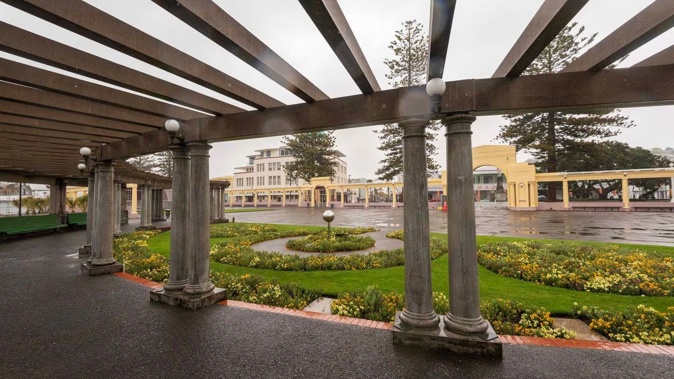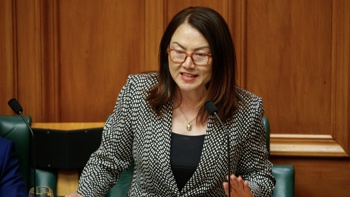
Predicted heavy rain for Hawke’s Bay this weekend could tee up a rainfall record for Napier, as an unusual El Nino weather system continues to make itself known across Aotearoa leading into summer.
Niwa forecaster Chris Brandolino said rainfall statistics from Napier have already shown high totals throughout the year, and that this would likely continue to rise.
“At the moment, Napier is having its fifth-wettest year on record. So far, there’s been about 1291mm of rain, which is 163 per cent of normal. There is less than 60mm for it to become the wettest year on record,” he said.
From January to the end of June, Brandolino said Napier had 984mm of rain, which was more than what would usually fall in the entire year.
“[Record rainfall] is certainly within reach. Striking distance, you could say.”
MetService recently announced a heavy rain watch for a large part of the region on Wednesday, which was set to be in place from Friday until Sunday. This had the potential to be increased to a warning on Friday.
“By the time Monday morning rolls around, I wouldn’t be surprised if it leaps up to the fourth or third spot,” Brandolino said.
Alternatively, the Wairoa region - which houses many of Hawke’s Bay’s mountain areas - is nowhere near setting a record.
“You would need more than half a metre of rain to achieve that,” Brandolino said.
“To date, Wairoa recorded 1390mm of rainfall, which is about 117 per cent of normal.”
A big question Brandolino imagines will be on most people’s minds in the weeks ahead is whether bouts of bad weather will continue throughout summer.
While it’s still a bit uncertain as to what the weeks ahead may specifically bring, Brandolino said forecasts are showing there could be sporadic rain and thunderstorms amidst days of good weather.
“The end of spring and the start of summer may raise some questions.”
While nothing was certain, and things could continue to change as a “different” kind of El Nino made itself known, Brandolino said it would be safe to say Hawke’s Bay may get a summer rain reprieve.
“It’s pretty unlikely that this upcoming summer, we’ll find as much rain as we did last summer,” he said.
“That may be hard to believe when people are looking down the barrel of a pretty wet weekend.”
An “unusual” El Nino is mainly due to the fact water temperatures aren’t like they normally would be, which has a flow-on effect.
“The water is unusually warm and that’s not typical of El Nino. We’re describing it as sort of a weather wildcard,” Brandolino said.
“It’s contributing to lots of these different weather outcomes. We get low pressure coming in from the Tasman Sea and influences from the north more than we would normally during an El Nino.”
He said that with time, this could become less of a contribution.
“I wouldn’t be surprised if the second half of summer is drier than the first.”
That will likely become clearer when Niwa’s full summer outlook is released next week, Brandolino said.
People could also find a variety of resources on Niwa’s website to keep up to date with the latest weather patterns and expectations, including a drought forecasting dashboard.
Acting manager science for Hawke’s Bay Regional Council, Dr Kathleen Kozyniak, confirmed their recording sites were also seeing high rain levels, with Cyclone Gabrielle being a “significant contributor”, but it was still a “mixed bag”.
“The rainfall so far this year is one of highest, and depending on the site, the highest compared to previous years. This is just looking at the full months from January to October.
“For many sites, however, the rainfall accumulation since July appears to be below average or at least less than last year. So very much a mixed bag.”
She said council records for many of the sites only extend back to the late 1990s, making it harder to pinpoint rain during before this time.
Mitchell Hageman joined Hawke’s Bay Today in late January. From his Napier base, he writes regularly on social issues, arts and culture, and the community.
Take your Radio, Podcasts and Music with you









